 In the Bhagavat Gita, Kṛṣṇa reveals His universal form (Viśvarūpa) to Arjuna which was so formidable for the great hero to even behold. Therefore, before jumping to worship Viśvarūpa, we need to see the teachings in the Śrīmad Bhagavataṁ. Bear in mind that the Viṣṇu avatāra are sustainer of things based on their specific forms.
In the Bhagavat Gita, Kṛṣṇa reveals His universal form (Viśvarūpa) to Arjuna which was so formidable for the great hero to even behold. Therefore, before jumping to worship Viśvarūpa, we need to see the teachings in the Śrīmad Bhagavataṁ. Bear in mind that the Viṣṇu avatāra are sustainer of things based on their specific forms.
There are at least three parts to the Nārāyaṇa Kavacha. The three principal parts are the
- aṣṭākṣarī mantra ॐ नमो नारायणाय (om namo nārāyaṇāya). Aṣṭākṣarī means aṣṭa (eight) akṣara (syllable)
- dvādasākṣarī mantra ॐ नमो भगवते वासुदेवाय (om namo bhagavate vāsudevāya). Dvādasa means twelve and akṣara means syllables, hence dvādasākṣarī mantra refers to the famous twelve syllable mantra of Viṣṇu.
- ṣaḍākṣarī mantra ॐ विष्णवे नमः (om viṣṇave namaḥ). ṣaḍ means six and akṣara means syllable.
- Specific protection based on situation
Part-1: Aṣṭākṣarī Kavacha
Śrīmad Bhagavataṁ 6.8.4-6
| श्रीविश्वरूप उवाच धौताङ्घ्रिपाणिराचम्य सपवित्र उदङ्मुखः कृतस्वाङ्गकरन्यासो मन्त्राभ्यां वाग्यतः शुचिः नारायणपरं वर्म सन्नह्येद्भय आगते पादयोर्जानुनोरूर्वोरुदरे हृद्यथोरसि मुखे शिरस्यानुपूर्व्यादोंकारादीनि विन्यसेत् ओं नमो नारायणायेति विपर्ययमथापि वा |
śrīviśvarūpa uvāca dhautāṅghripāṇirācamya sapavitra udaṅmukhaḥ kṛtasvāṅgakaranyāso mantrābhyāṁ vāgyataḥ śuciḥ nārāyaṇaparaṁ varma sannahyedbhaya āgate pādayorjānunorūrvorudare hṛdyathorasi mukhe śirasyānupūrvyādoṁkārādīni vinyaset oṁ namo nārāyaṇāyeti viparyayamathāpi vā |
Translation: Śrī Viśvarūpa teaches that when there is any sort of fear, then one must adorn the armour called Nārāyaṇa Kavacha. To do so, first cleanse the limbs and perform ācamana. Thereafter the mantra “oṁ namo nārāyaṇāya” is recited in the direct and reverse order while touching eight parts of the body from feet to head and back.
Let us do this in simple steps.
Step 1: First, wash hands and legs properly and wear some clean clothes.
Step 2: Recite the following ācamana prayer for cleansing yourself.
ॐ अपवित्रः पवित्रो वा सर्ववस्थाम् गतोऽपि वा।
यः स्मरेत् पुण्डरिकाक्षम् स बाह्यभ्यन्तरः सुचिः॥
om apavitraḥ pavitro vā sarvavasthām gato’pi vā|
yaḥ smaret puṇḍarikākṣam sa bāhyabhyantaraḥ suciḥ||
Take some water in your cupped right hand palm and sip it thrice while reciting
श्री विष्णु श्री विष्णु श्री विष्णु
śrī viṣṇu śrī viṣṇu śrī viṣṇu
Step 3: Recite each of the syllables of the eight syllable Nārāyaṇa mantra while touching the eight body parts with your fingers. This is called sṛṣṭi nyāsa (creation process) – also known as utpatti nyāsa. What we are doing is energizing the eight vital junctions of the body to ensure proper flow of fluids and energy in the system. By this the body gets the power to heal itself and create new cells and repair parts.
Nyāsa is always done with nyāsa mantra which have to be extricated from the main mantra which is going to be recited. Śrī Viśvarūpa has advised that nyāsa has to be done on eight specific body parts with each of the syllables of the aṣṭākṣarī (eight syllable) Nārāyaṇa mantra. Each of these syllables is recited after ‘om’ and then the name of the body part is recited followed by nāmaḥ.
| Akṣara | Placed on | Nyāsa Mantra | |||
| ॐ | om | pādayoḥ | Feet | ॐ ॐ पादये नमः | om om pādaye namaḥ |
| न | na | jānunoḥ | Knees | ॐ नं जानुने नमः | om naṁ jānune namaḥ |
| मो | mo | ūrvo | Thighs | ॐ मों उर्वये नमः | om moṁ urvaye namaḥ |
| ना | nā | udara | Abdomen | ॐ नां उदराय नमः | om nāṁ udarāya namaḥ |
| रा | rā | hṛd | Heart | ॐ रां हृदयाय नमः | om rāṁ hṛdayāya namaḥ |
| य | ya | urasi | Chest | ॐ यं उरसे नमः | om yaṁ urase namaḥ |
| णा | ṇā | mukha | Mouth | ॐ णां मुखये नमः | om ṇāṁ mukhaye namaḥ |
| य | ya | śiras | Head | ॐ यं शिरसे नमः | om yaṁ śirase namaḥ |
Step 4: Recite each of the syllables of the eight syllable Nārāyaṇa mantra in the reverse while touching the eight body parts in the reverse order, with your fingers. This is called saṁhāra nyāsa (dissolution process). What we are doing is energizing the eight vital junctions of the body to ensure proper removal of toxins and dead cells. By this the body gets the power to heal itself as the sins are removed.
| Akṣara | Placed on | Nyāsa Mantra | |||
| य | ya | śiras | Head | ॐ यं शिरसे नमः | om yaṁ śirase namaḥ |
| णा | ṇā | mukha | Mouth | ॐ णं मुखये नमः | om ṇaṁ mukhaye namaḥ |
| य | ya | urasi | Chest | ॐ यं उरसे नमः | om yaṁ urase namaḥ |
| रा | rā | hṛd | Heart | ॐ रां हृदयाय नमः | om rāṁ hṛdayāya namaḥ |
| ना | nā | udara | Abdomen | ॐ नां उदराय नमः | om nāṁ udarāya namaḥ |
| मो | mo | ūrvo | Thighs | ॐ मों उर्वये नमः | om moṁ urvaye namaḥ |
| न | na | jānunoḥ | Knees | ॐ नं जानुने नमः | om naṁ jānune namaḥ |
| ॐ | om | pādayoḥ | Feet | ॐ ॐ पादये नमः | om om pādaye namaḥ |
Step 5: Recite the aṣṭākṣarī mantra ॐ नमो नारायणाय (om namo nārāyaṇāya) 108 times or multiples thereof to reinforce the kavacha and protect from all diseases and evils.
Remaining three parts are to be taught in the Mantra Foundation Course
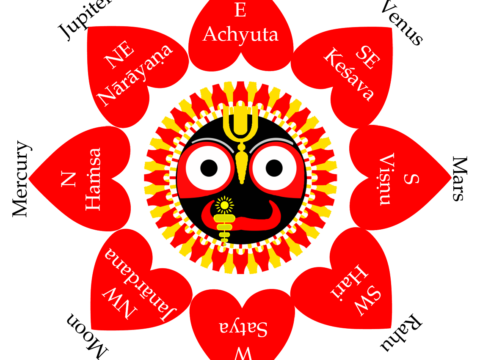
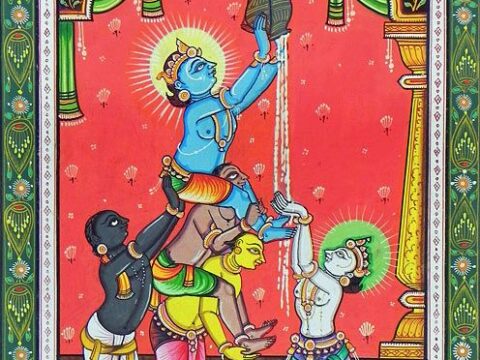
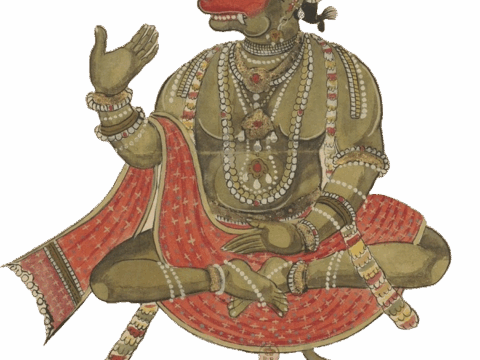
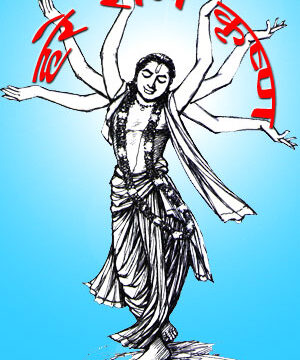

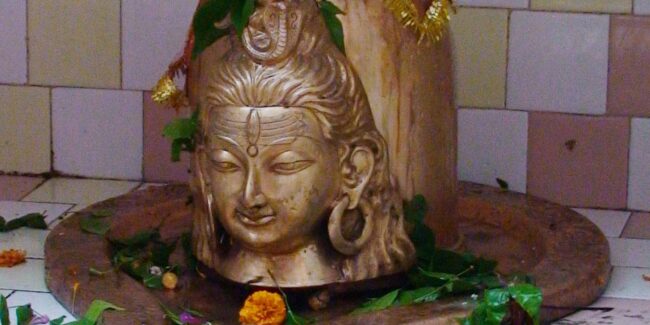
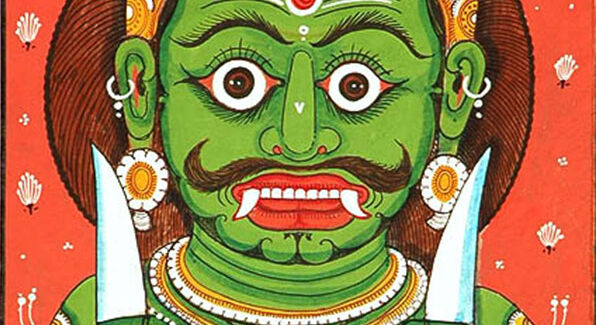
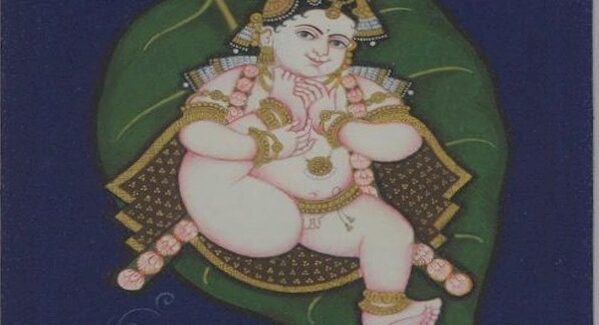
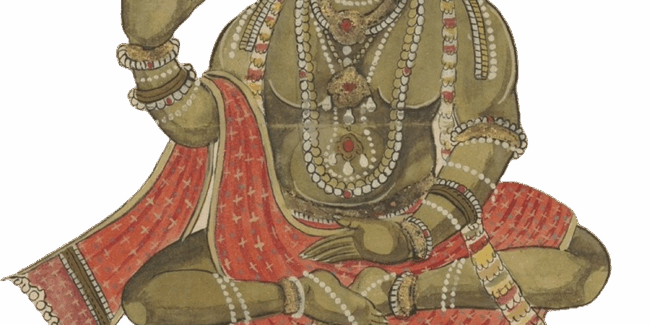
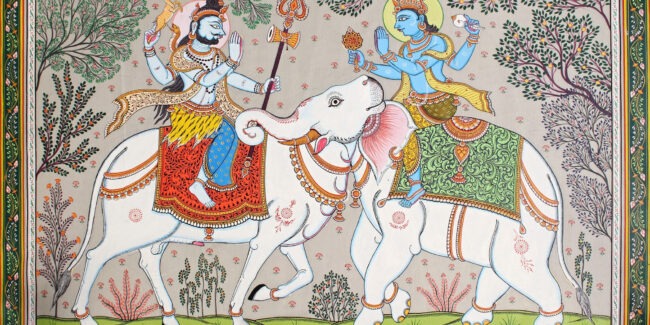
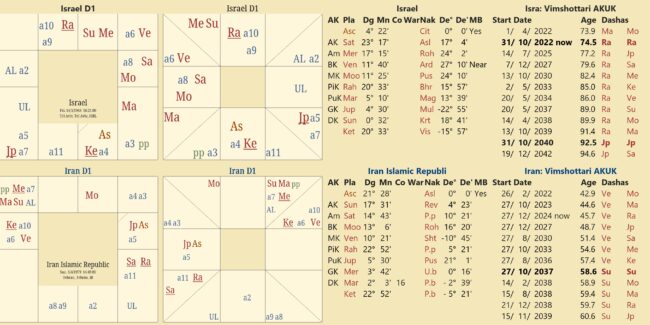
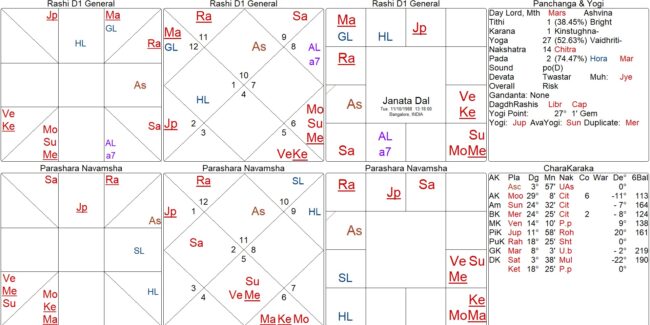
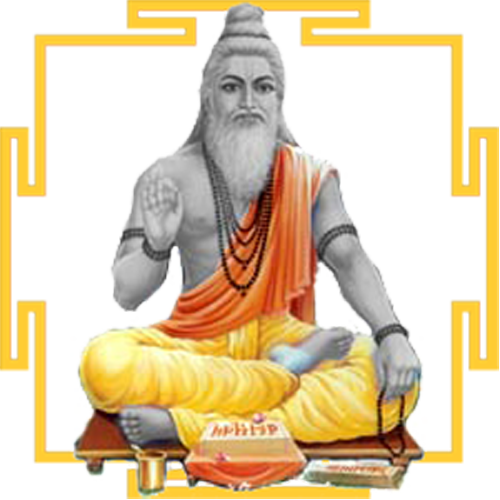 DBC offers online courses in jyotish (Vedic Astrology) taught directly by Sanjay Rath as per the tradition, through narrated power points and other audio tools. The courses are at different levels, from the beginners through the intermediate to the advanced and are known as SoHamsa | DBC courses, with individual classrooms and assistant teachers
DBC offers online courses in jyotish (Vedic Astrology) taught directly by Sanjay Rath as per the tradition, through narrated power points and other audio tools. The courses are at different levels, from the beginners through the intermediate to the advanced and are known as SoHamsa | DBC courses, with individual classrooms and assistant teachers
 Sagittarius Publications is the publisher and distributor the popular quaterly magazine the Jyotish Digest, as well as many thorough books on the subject of Vedic Astrology or Jyotish.
Sagittarius Publications is the publisher and distributor the popular quaterly magazine the Jyotish Digest, as well as many thorough books on the subject of Vedic Astrology or Jyotish.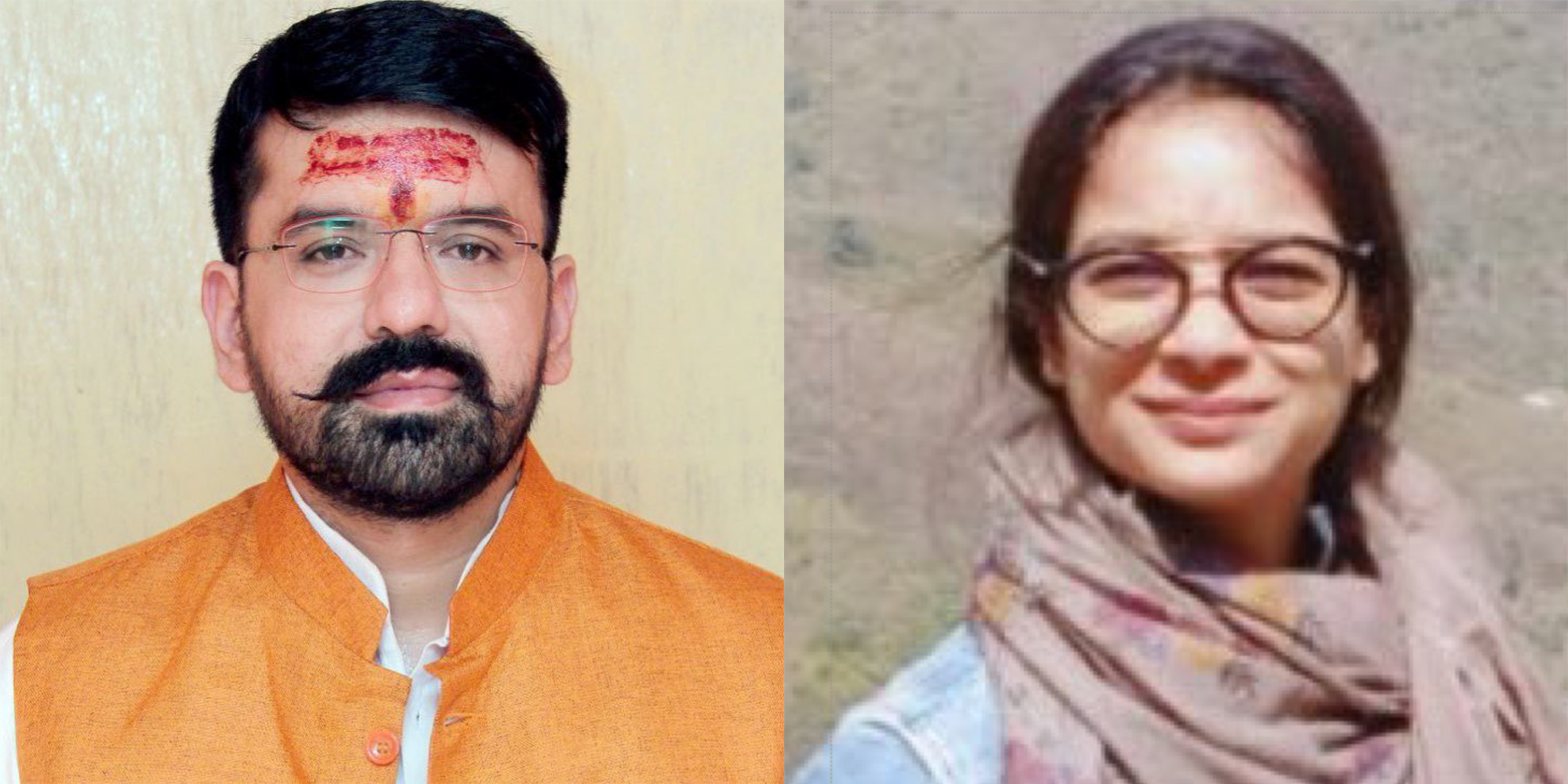 We have an excellent pandit Divākar ‘Deva’ Mishra, who is from the priests of Vindhyāvāsini Siddha Pīṭha to guide you through the hundreds of temples of Kāśi [Varanasi] and neighbouring regions. He can organise your pūjā, keep you safe and take care. He is supported by an English-speaking well-travelled spouse ‘Supriya Mishra’. Please contact them directly for any services, remedial pūjā and tours. They handled the 60+ member Kāśi Jyotiṣa Group 2022.
We have an excellent pandit Divākar ‘Deva’ Mishra, who is from the priests of Vindhyāvāsini Siddha Pīṭha to guide you through the hundreds of temples of Kāśi [Varanasi] and neighbouring regions. He can organise your pūjā, keep you safe and take care. He is supported by an English-speaking well-travelled spouse ‘Supriya Mishra’. Please contact them directly for any services, remedial pūjā and tours. They handled the 60+ member Kāśi Jyotiṣa Group 2022.
Namasthe Guruji !
We are eagerly waiting for the following parts of this holy kavach .
Sir i m observing Ekadashi vrats, on chaturmasa on every ekadashi according to time earlier i was doing 108 parikrma of pipal vriksha reciting mntra om namobhavate vasudevay, om namo narayanay namah and ohm vaisnave namha.
i was not aware abt the procedure u mentioned above, so thank you very much for posting above procedure . i want to ask you that at what time above procedure should b followed? can it b done at evening?
Before doing any pooja our man, atma, budhhi should be shudha
for vichar suddhi , bhav sudhhi and man sudhhi above procedure will be useful?
For example i want to do chandipathj so before doing chandipath,
can i go for above procedure to make my mind , body and soul shudhha..??